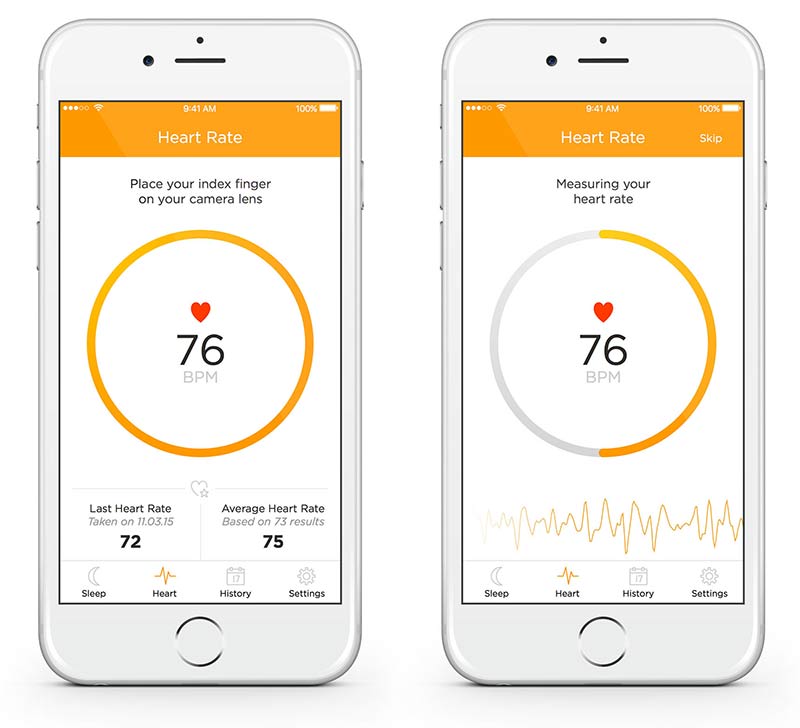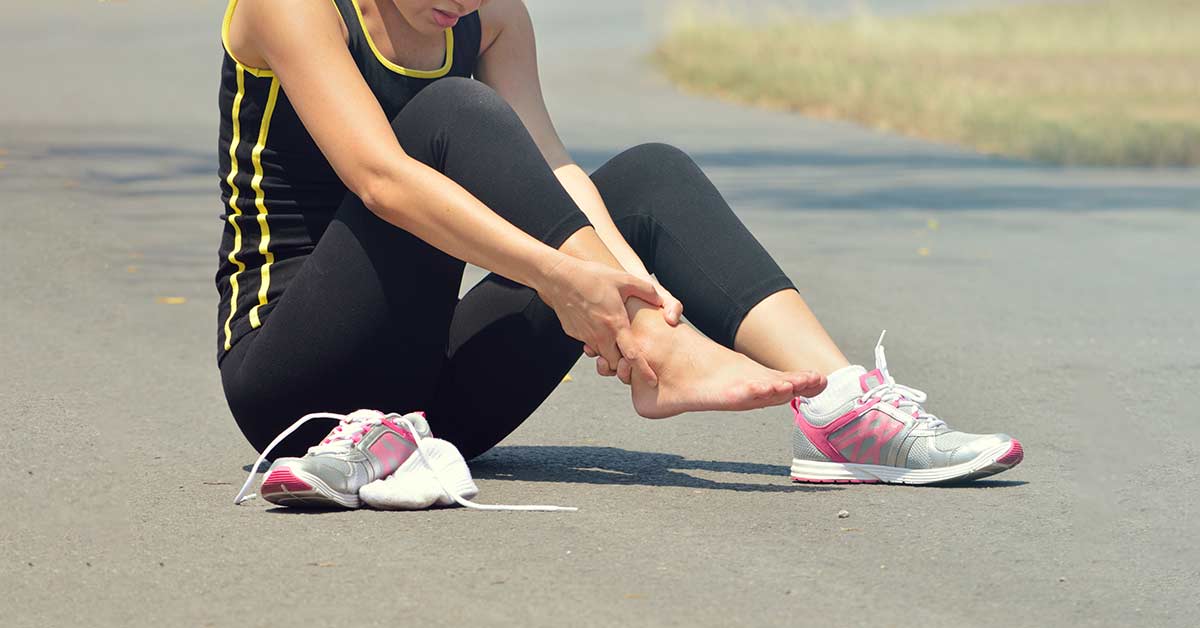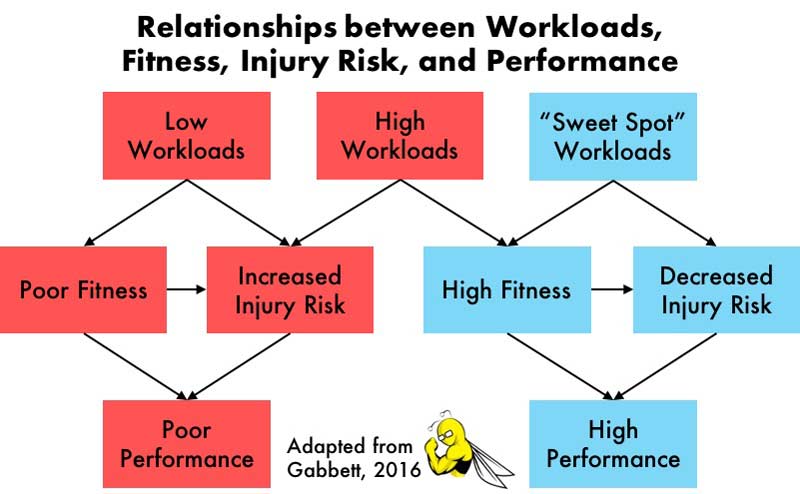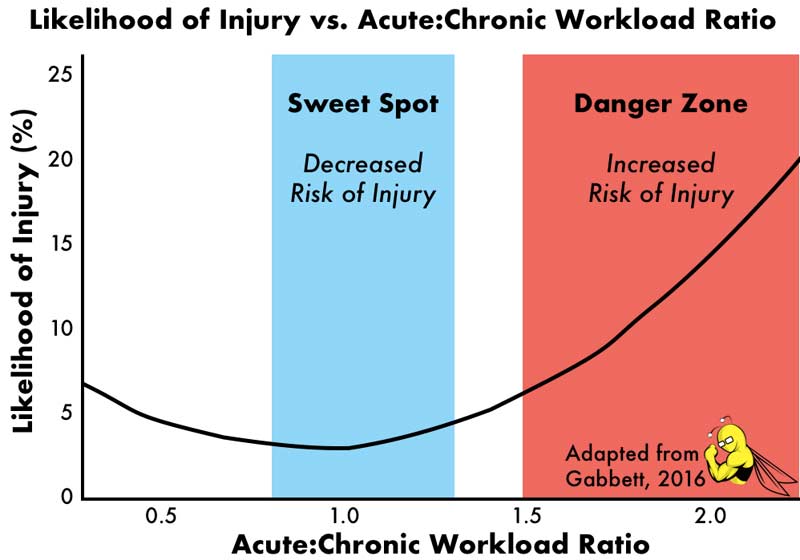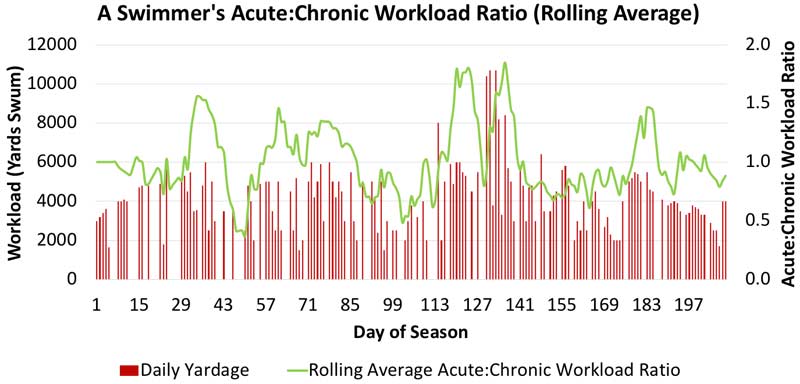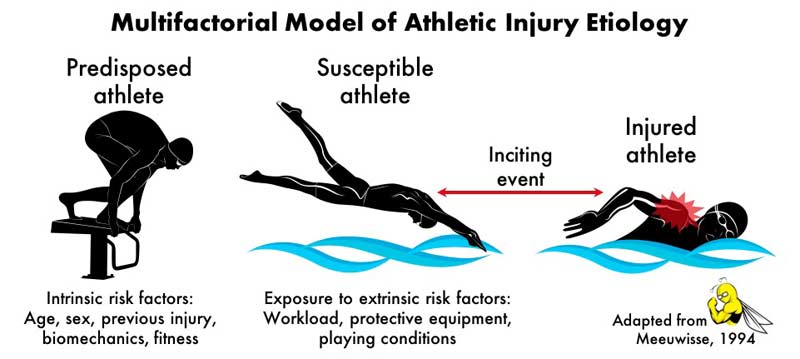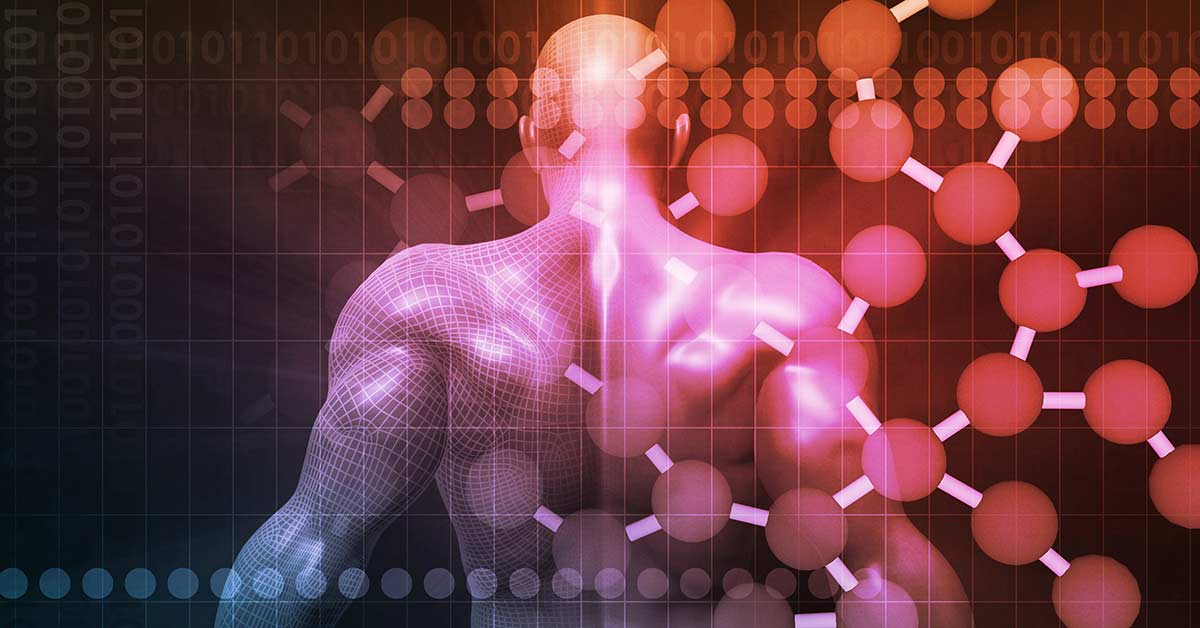
Rick Franzblau is in his first year as the director of Olympic sports strength and conditioning at Clemson. During the previous three years, he served in the capacity of assistant director of Olympic sports strength and conditioning. He is responsible for the supervision of the assistant strength coaches, graduate assistants, and volunteer interns. Rick oversees strength and conditioning for the 14 Olympic sports that train in the Jervey weight room. He is directly responsible for the strength and conditioning efforts of the baseball, men’s soccer, and track and field teams.
Freelap USA: What is your approach to hamstring injury risk aversion? What are some things you see show up in athletes who tend to have problems with hamstring pulls?
Rick Franzblau: Hamstring injury aversion is ultimately attributed to well-planned training on the physical preparation end, but also on the technical end. There are a number of factors that play an integral role, including sequencing of training, load management, biomechanics, eccentric strength, and general and specific work capacity, among others. Ultimately, all of these components are important and all impact one another to a certain degree.
Sequencing of training is paramount. Movement and technical sessions should always be planned first with strength sessions falling in line. Sprint sessions should be paired with intense hamstring training on the same day to allow for recovery between sessions. This also applies to sport practices, particularly for field sports. For instance, a soccer practice with larger volumes of high-speed running and more full-field type work will be paired with hamstring intensive work in the weight room. Conversely, a lot of small-sided games should be paired with more pushing or quadriceps dominant movements in the weight room.
Biomechanics is another critical component that is relevant for sprinters and field sport athletes. Dangerous sprinting mechanics include excessive backside mechanics, oftentimes driven by anterior pelvic tilt and excessive plantar flexion, which can further drive the backside mechanics. To help with excessive backside mechanics, we use wicket drills with our field sport athletes, which helps them understand the positions they should be in. To be able to hold these positions under fatigue, they must also build up some specific capacity. Tempo running helps teach our athletes how to hold appropriate pelvic tilt, and by building up volumes of tempo running, they are getting “practice” at submaximal intensities.
Ultimately, #postural issues drive a lot of mechanical issues in sprinting, says @FranzblauRick. Share on XCueing and drilling are helpful and drive some kinesthetic awareness, but ultimately, postural issues drive a lot of mechanical issues in sprinting. Breathing mechanics and excessive rib flare, particularly bilaterally, drive a lot of the excessively lordotic postures seen in sprinting. Improving breathing biomechanics by getting more internal oblique and transverse abdominal activation allows the diaphragm to operate in its respiratory role instead of compensating as a postural muscle. We follow progressions and drills proposed by the Postural Restoration Institute to help with this. Once the IOs and TAs can help create a zone of apposition, proper breathing mechanics can follow, preventing excessive lordosis and promoting thoracic flexion.
Hamstring strength plays a critical role in posture as well. The hamstrings, with their longer lever arm, are able to exert a much greater influence on posterior pelvic tilt than the glutes. Rewind the clock back eight to ten years and glute activation was the buzzword to help improve posterior pelvic tilt. With proper breathing mechanics and strong abdominals and hamstrings, you will have fewer posture-driven biomechanical breakdowns in sprinting.
Hamstring strength obviously plays a critical role in the avoidance of injuries. In particular, we focus on and test eccentric knee flexor strength via the Nordbord. While it is not a perfect test and people refute its specificity due to its low velocity and it being exclusively knee flexion, we have found it to be a useful strategy in mitigating hamstring issue risk. For our teams at Clemson, we have developed relative averages for each team and “red flag” individuals who fall below 15% of this mark.
Relative measures are imperative; bodyweight will allow you to leverage greater force in the sensors and it would be erroneous to simply set baseline outputs for male and female athletes. We also look at asymmetries left versus right, but these values are highly sensitive to fatigue and, if testing during a loading week or phase, this must be taken into consideration before adding strength parameters to a deficient side. We have seen changes of almost 15% week to week based on fluctuations in the volume of practice and training.
In terms of training for eccentric hamstring strength, we use a multi-layered progression with an end goal of performing heavy weighted eccentric Nordics. Through research and discussions with Vald Performance, we found that continuing to load Nordics eccentrically had greater benefits than adding the concentric portion and therefore making the eccentric component submaximal. These heavy Nordics are very helpful for increasing fascicle length of the biceps femoris, which is negatively correlated with hamstring strain.
Continuing to load #Nordics eccentrically had greater benefits than adding the concentric portion, says @FranzblauRick. Share on XIn general, we try to do one knee-dominant and one hip-dominant hamstring exercise a week. Hip-dominant hamstring exercises tend to isolate the biceps femoris a little more effectively and are integral to a program. We do many versions of hip hinging patterns, including split stance RDLs, barbell RDLs, and most recently, a kBox deadlift into an RDL to provide eccentric overload. In certain phases, we also do some Bosch-inspired isometric work at length. Our go-to exercises are usually the single leg back extension with an isometric hold and the straight leg hip lift (heel on box).
As mentioned earlier, fatigue plays a significant role in imbalances and that is where our focus on acute to chronic ratios of high-speed running becomes integral, particularly for our field sports. We use a 7:21 day approach for our soccer programs. In regard to hamstring injuries, we look at high-speed running distances and how we incrementally build these loads.
Tim Gabbett’s research has been instrumental in providing guidelines for building incremental loads and knowing when appropriate spikes are necessary. Generally speaking, acute to chronic ratios over 1.5 become dangerous. We have previously used a rolling method of measuring acute to chronic, but will experiment with moving to an exponentially weighted model where the previous week carries more weight than the data from three weeks ago.
Obviously, accruing high-speed running volumes is critical to preparing field sport athletes, but so is exposure to maximal velocity sprinting. Exposure to max velocity sprinting provides specific strength and coordination to the hamstrings that cannot be replicated by any other type of movement. This is particularly critical with reserve players who may not be getting exposure through matches and will need the stimulus in training.
Freelap USA: What are some of your favorite protocols to build strength (and specifically targeting fast-twitch fibers) using VBT? What are some techniques to build mass with the same VBT monitoring and what is the rationale behind it?
Rick Franzblau: When looking at selective hypertrophy of certain muscle fibers, we use fatigue percentages to more precisely stress targeted fibers. This is a more advanced programming method and is only used with our athletes that have at least a year of training age in our program.
Selectively targeting fast-twitch fibers is imperative when dealing with athletes who can’t afford to gain any more appreciable amounts of body mass, but need to continue to develop their explosive strength. This applies to some of our older and more developed position players in baseball and a large majority of our sprinters, jumpers, and hurdlers in track and field. Occasionally, a soccer or tennis athlete may fit into this category, but they generally do not spend enough time strength training to be concerned about excessive hypertrophy.
When applying these principles, we use fatigue percentages around 10% to selectively target fast-twitch fibers. When fatigue grows beyond 10%, Type IIa and Type I fibers start to pick up the slack. The athlete’s fatigue percentage consists of the percentage drop-off from their fastest rep to their slowest rep in a given set.
For example, a fastest rep of 0.5 m/s and a slowest rep of 0.45 m/s would be a fatigue percentage of 10%. We use open and closed sets to prescribe these methods. For instance, if we are training at 80%, we may do four sets of three reps with this group. In the closed set protocol, their fatigue percentage will determine how they adjust their weight for the next set. If they fatigue more than 10%, they will drop weight; if they fatigue less, they can make increases in their weight.
If we are doing open sets, the athlete will perform as many reps as they can before they fatigue the desired percent. To use the 80% example, if they did more than three reps then they would be able to increase their weight for their following set. When using this method it is also important to set minimum thresholds for velocity so the athletes are not becoming rep “grinders.” In other words, they must also keep all of their reps above a certain velocity. An 80% squat will be around 0.5 m/sec (give or take, based on fiber type percentage), so we cannot have them hit reps of 0.40, 0.38., 0.37—this just means that they were excellent at grinding out multiple reps. These minimum thresholds are essential for implementing these protocols.
It is also important to understand that you can fatigue to greater percentages at lower intensities because of the higher starting velocity. For example, at 70% on a back squat you may use a fatigue percentage of 40% for your mass group, but if you are training them at 90% of their max you may use a fatigue percentage of 25%. The fatigue percentages are also lift-dependent. The velocity of bench presses are slower than squats at identical intensities, so you also have to adjust to smaller fatigue percentages on the bench versus the squat.
Freelap USA: What are your acceleration and resisted sprint protocols for athletes? How does the 1080 Sprint factor into this?
Rick Franzblau: Our acceleration progression and resisted sprint protocols are multifaceted. We are deliberate and patient with our athletes as we progress through the development of this coordinated skill. There are movement competency issues that have to be addressed with incoming freshmen, but there are almost always significant physical limitations that prevent athletes from achieving the positions we desire in their acceleration mechanics.
This is where drilling and skipping are very helpful in developing the lower leg, hip, and core strength necessary to develop appropriate acceleration mechanics. Drilling often gets a bad rap, and I agree for intermediate to advanced athletes, but for a field sport athlete learning proper sprint mechanics it is very helpful. Rudimentary series hops, ankling, A skips, and limb exchange drills are all staples in our program to help give our athletes the general qualities needed.
Drilling gets a bad rap, but it’s helpful for field sport athletes learning proper sprint mechanics, says @FranzblauRick. Share on XTo address the movement competencies, we progress through a series of drills on the prowler sled combined with some low-incline hill running. On the prowler, we start with an isometric hold to teach the athletes the key body positions in acceleration. The primary focuses are hips forward, knee forward, neutral ankle, and horizontal push on the back leg.
From there we progress to prowler marches, where athletes can begin to feel postures with slow deliberate limb exchange. Next, we move to prowler bounds: postural demand is increased as limb exchange is now forceful and the athletes must learn to pretense the ankle complex. Lastly, we move to a prowler shove, which begins to teach the athletes the concept of hip projection. In this maneuver, they basically drive the prowler as far as they can for five steps.
While progressing through the prowler series we also have our athletes perform low-incline sprints on a grass hill. The low incline helps facilitate hip position, appropriate force vectors, and low heel recovery. We start very short with these progressions (five steps) and progress to about 15 yards. Once achieving proficiency in these movements, we move to flat ground accelerations and eventually bleed them into our wicket progressions, eventually progressing to full sprints of 30 meters or more.
Freelap USA: How do you utilize data from the 1080 Sprint, force plate, and contact grid to alter plyometric prescriptions for athletes?
Rick Franzblau: This will be our first year looking at information from the contact grid in tandem with the force plate and 1080. For most of our sports outside of volleyball, sprint speed trumps vertical jumping ability (explosive strength) in terms of favored biomotor ability. With that said, we look closely at our load-velocity profile on the 1080 and compare it with our RSI numbers from the contact grid. The load velocity profile on the 1080 gives us a theoretical max velocity and max force for each athlete over a 20-meter run.
For non-collision sports, we prioritize theoretical max velocity. Now having tested dozens of athletes on the 1080, we are beginning to establish ranges for which athletes need more force-dominant work or more velocity-dominant work. In field sport athletes, we expect RSI numbers to correlate with theoretical max velocity.
In field sport athletes, we expect #RSI numbers to correlate with theoretical max velocity, says @FranzblauRick. Share on XAthletes that need more high-velocity sprint work usually test lower on RSI also and need more elastic and multi-jump drills focusing on minimal contact time. An athlete needing force-dominant sprint work is also likely to test well on RSI and will require more high force jump drills with longer contact times (broad jumps up hill, heavy squat jumps, etc.) For track sprinters, the correlation is not as significant and RSI will be used more for an evaluation of readiness.
Freelap USA: How do you teach and monitor athlete recovery in your program?
Rick Franzblau: Recovery is an integral part of our introductory performance and wellness education program for our incoming athletes. This is an eight-series program that gives our student athletes a foundational understanding of all performance-related concepts. It is a multidisciplinary effort and can be summed up in one of the four core values of our weight room: Dominate the other 20 hours of the day.
Our sports psychology, strength and conditioning, athletic training, and nutrition staff all play an important and integrated role in promoting recovery. At the end of the day, one of our most important roles as a performance team is to manage the stress loads of the athlete while simultaneously building their resilience to physical, mental, and social stressors.
One of the most important roles of a performance team is to manage the stress loads of an athlete, says @FranzblauRick. Share on XOur sports psych staff works with our athletes on techniques to promote proper breathing habits, mindfulness, and concepts that promote parasympathetic tone throughout the course of the day. Our nutrition staff educates our student athletes on nutrient timing and macronutrients, and on the use of specific recovery items such as tart cherry drinks. Athletic training and strength and conditioning work in tandem to assign appropriate use of specific modalities such as foam rolling, cold water immersion, Normatec, or active aerobic work.
Underlying all these ideas and concepts, and a critical component of our freshman educational program, is our focus on sleep. Sleep drives all the other factors that I have mentioned: improved carbohydrate metabolism, decreased perception of pain, improved parasympathetic tone, etc. We spend considerable time educating our student athletes on the importance of sleep and the sleep hygiene goals to shoot for. We combine this with objective measuring of sleep quantity and quality through our use of fatigue science Readibands.
Our collection and analysis of this data is again multifaceted, and all members of the performance team for each sport have access to this information. If we have athletes struggling with sleep, we can approach from a multidisciplinary standpoint and see if there are nutritional, psychological, academic, or sleep hygiene interventions that are necessary to aid them. Our objective sleep measures, in conjunction with our subjective wellness questionnaires, evaluation of internal and external training loads, and readiness testing (any combination of morning resting HR, contact grid RSI test, and groin squeeze), give us an overall sense of the recovery status of the student athlete. Evaluations of the athlete through velocity-based training and heart rate training will also help identify anything that could have been missed through the aforementioned measures.
Since you’re here…
…we have a small favor to ask. More people are reading SimpliFaster than ever, and each week we bring you compelling content from coaches, sport scientists, and physiotherapists who are devoted to building better athletes. Please take a moment to share the articles on social media, engage the authors with questions and comments below, and link to articles when appropriate if you have a blog or participate on forums of related topics. — SF
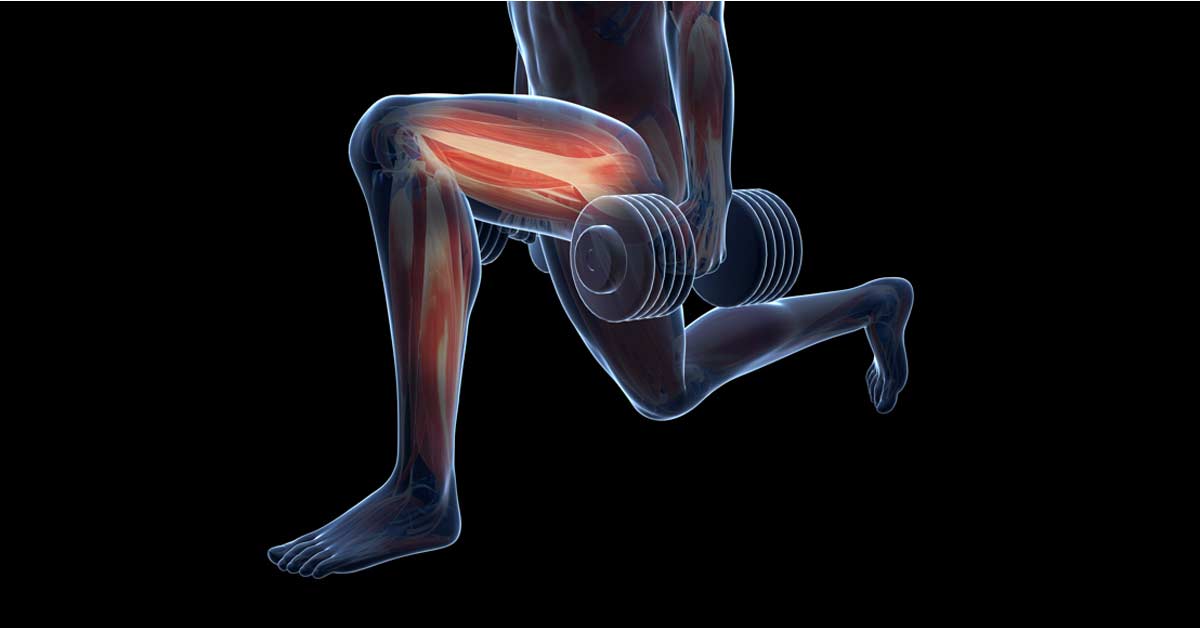
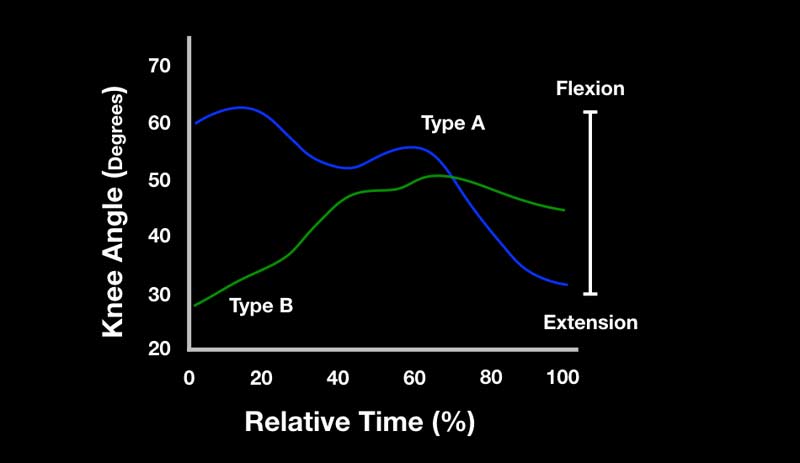

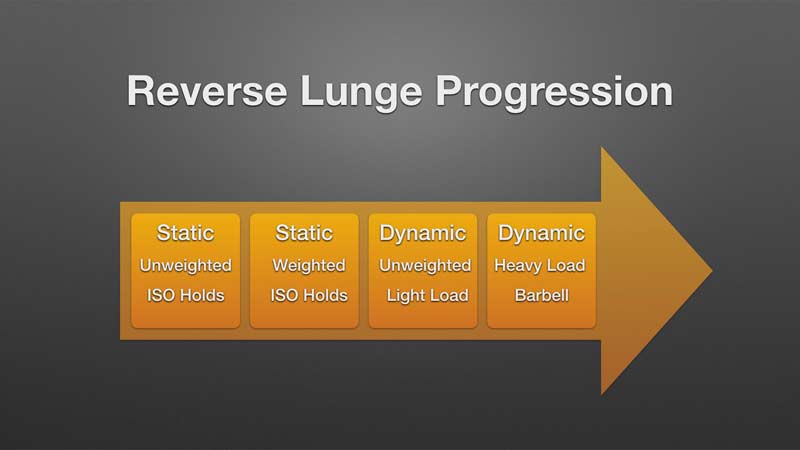

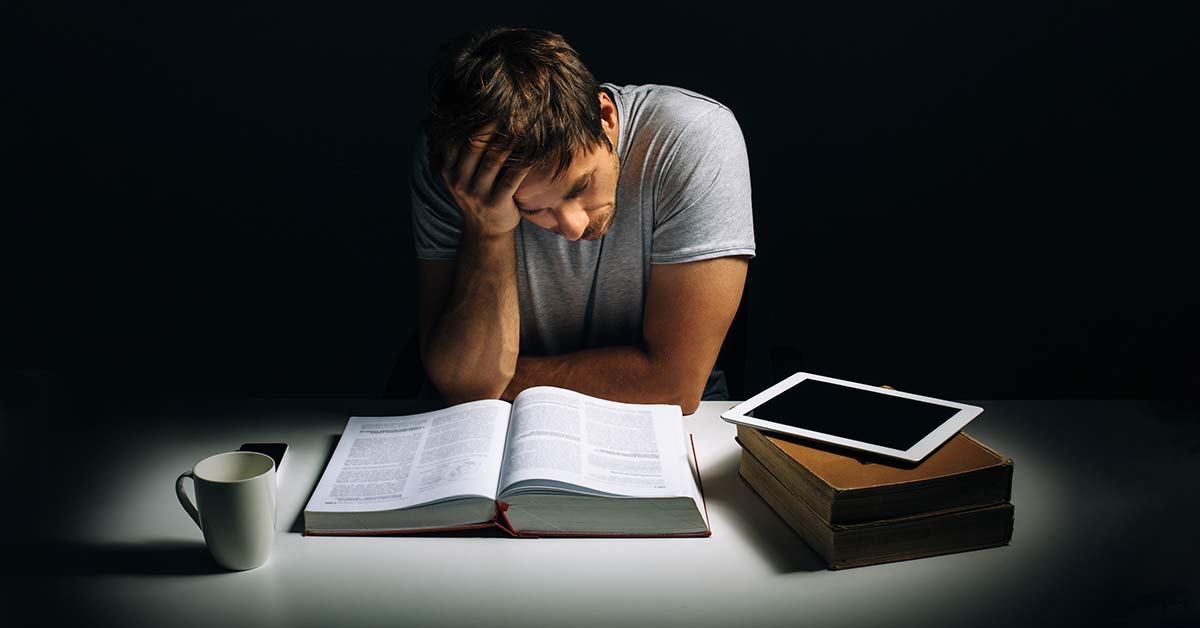
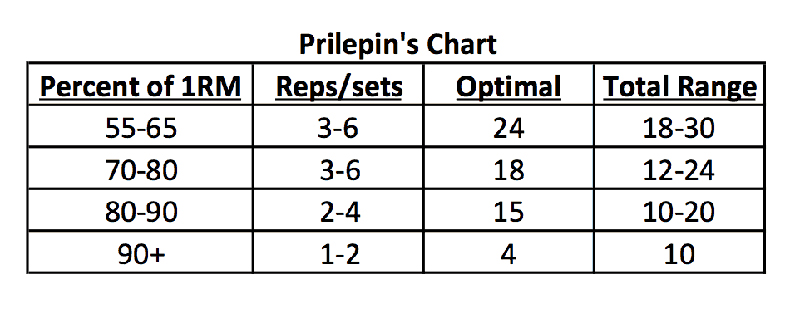


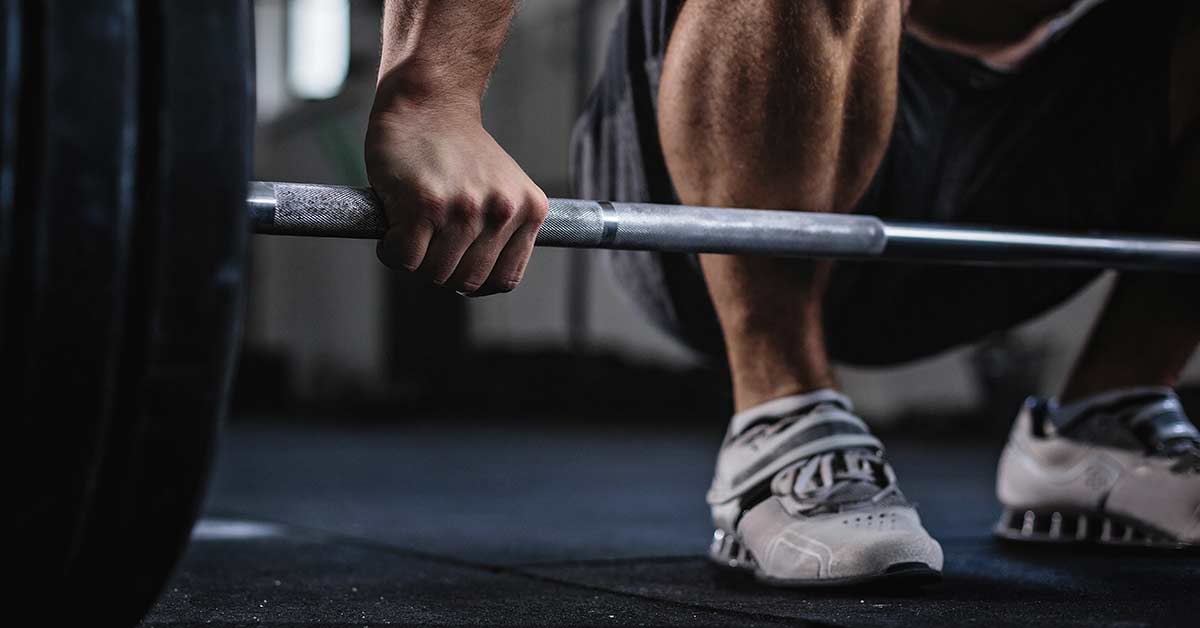
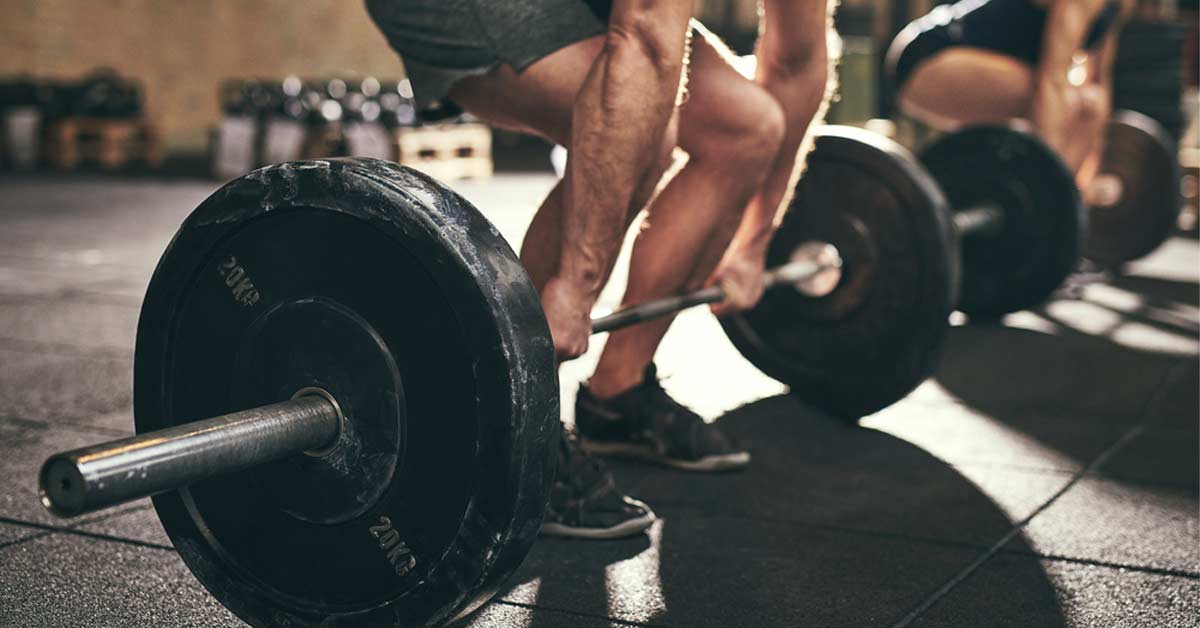
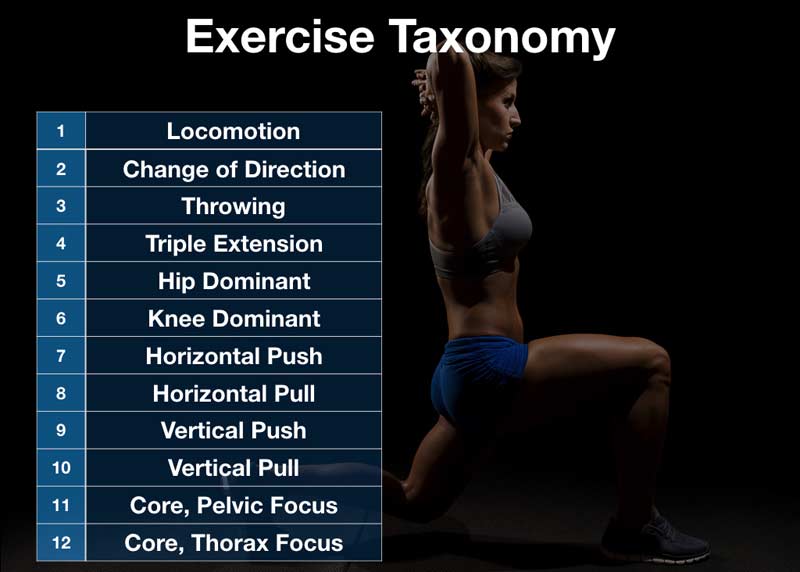
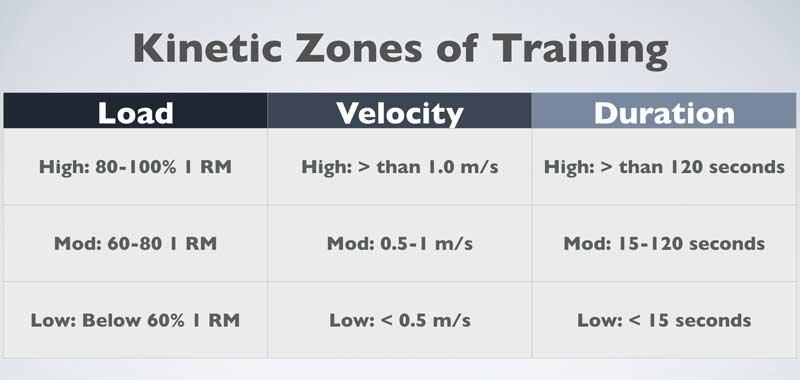
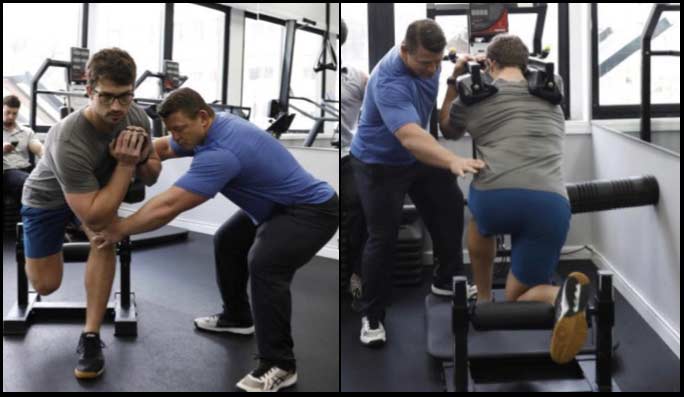
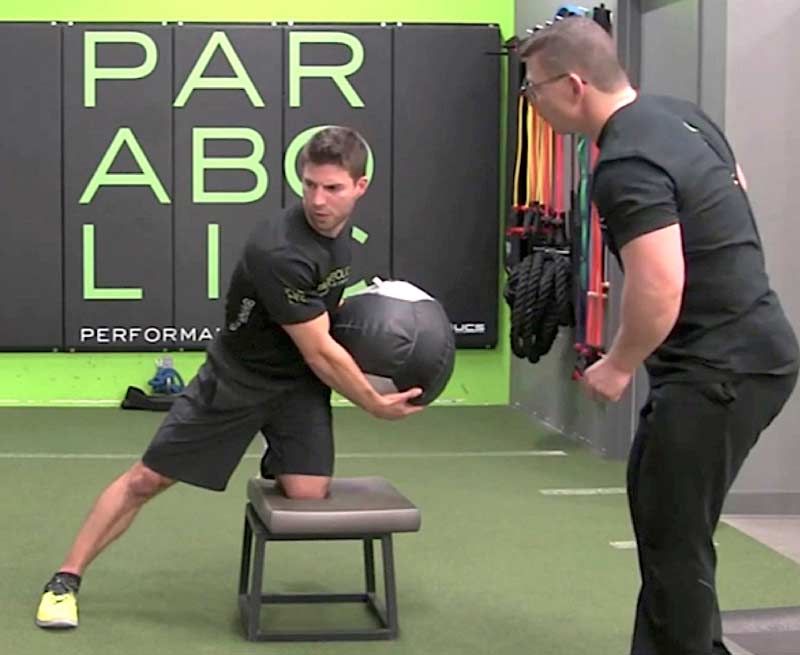
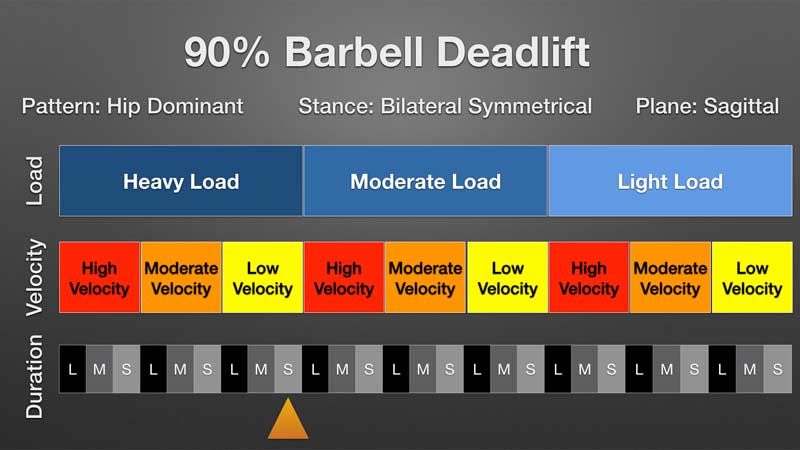
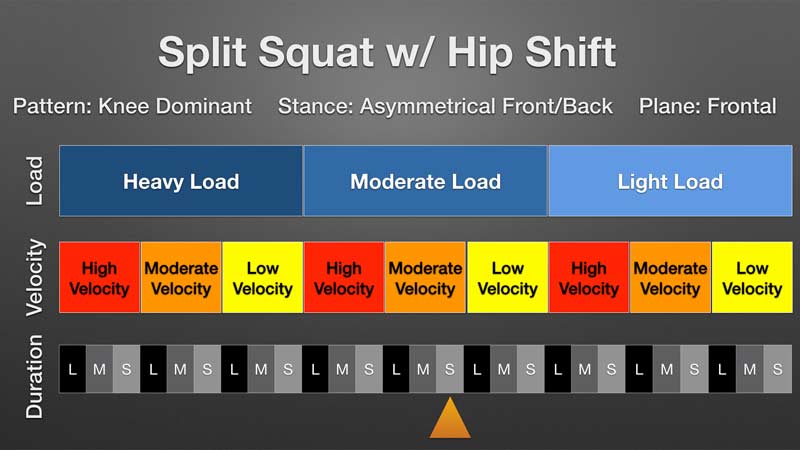
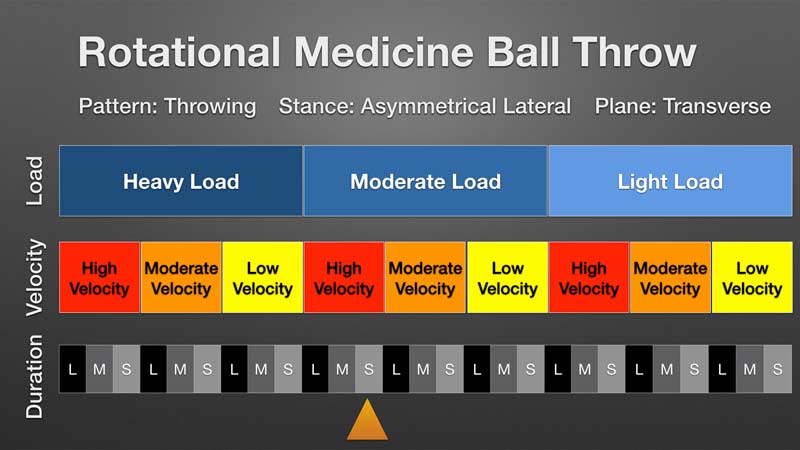
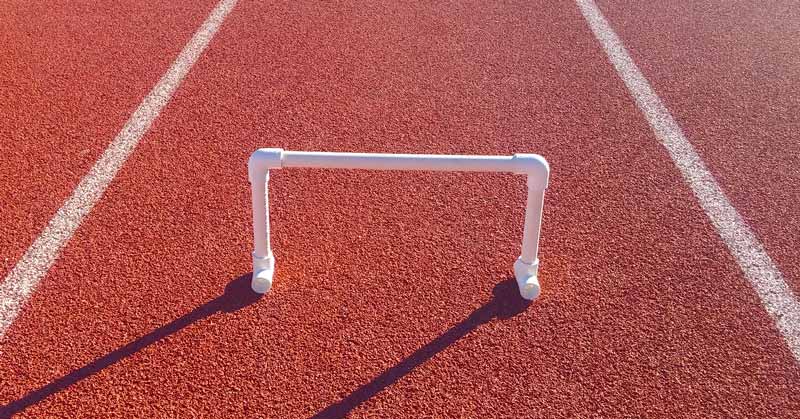
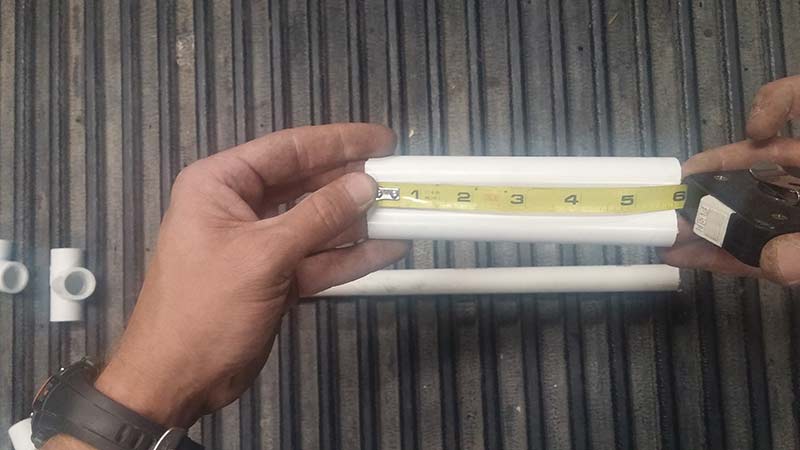
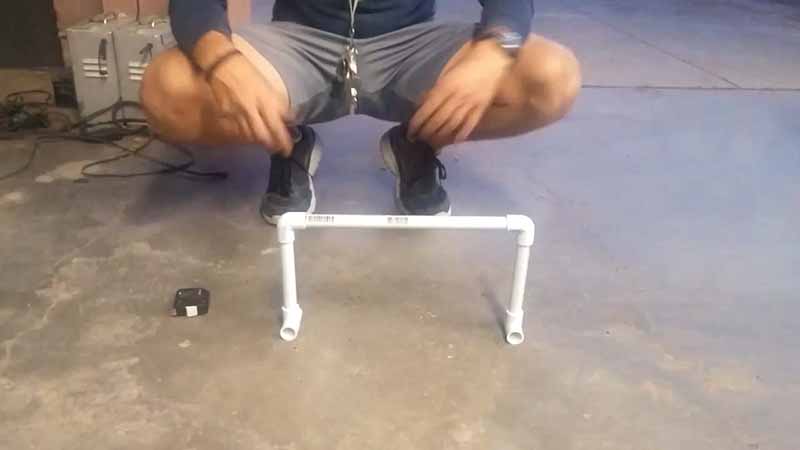
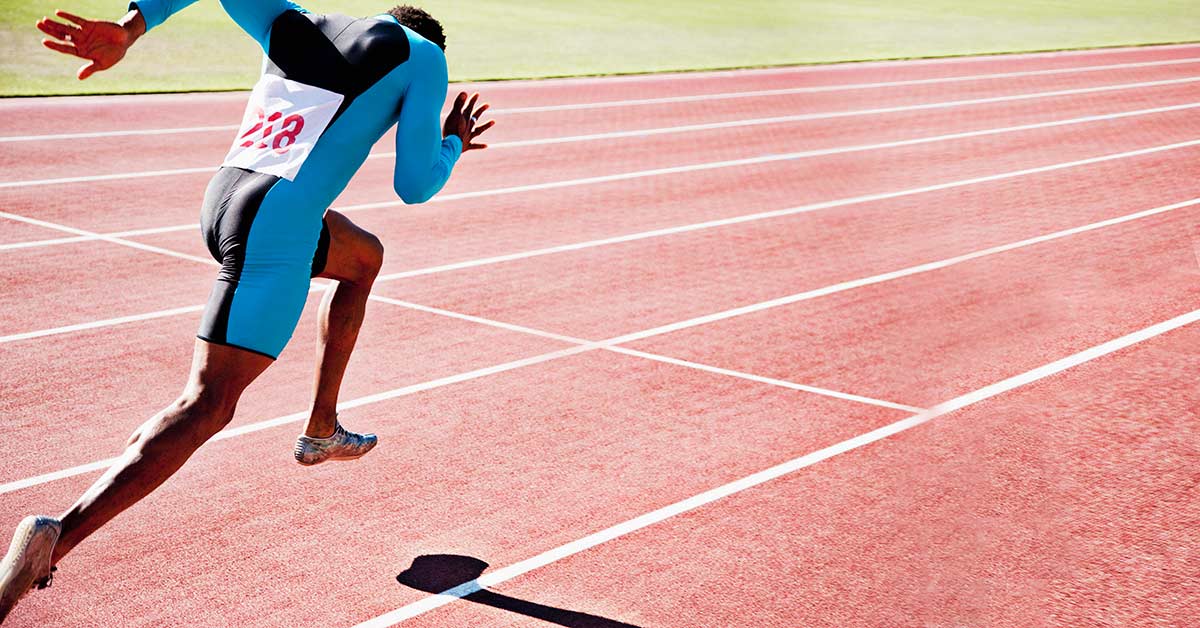


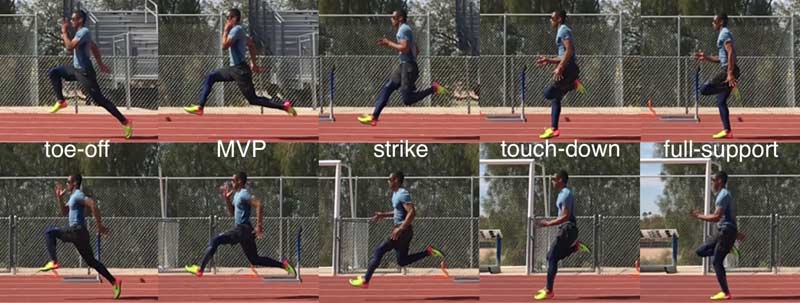
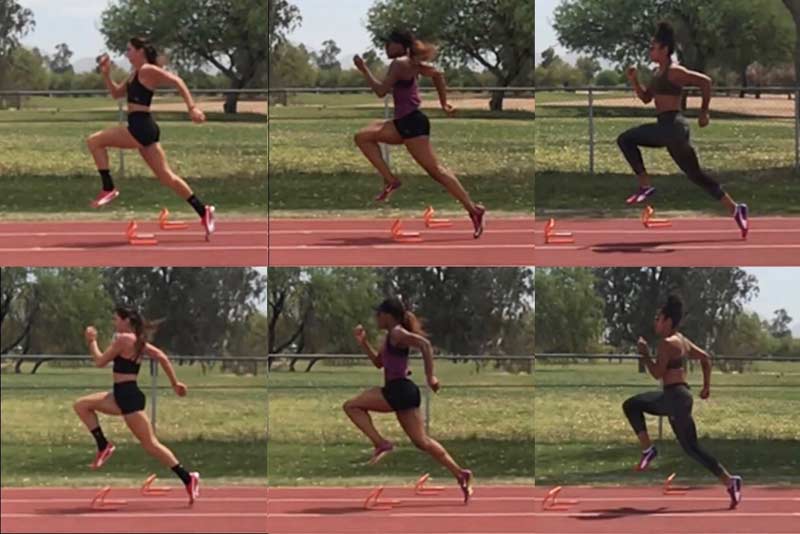
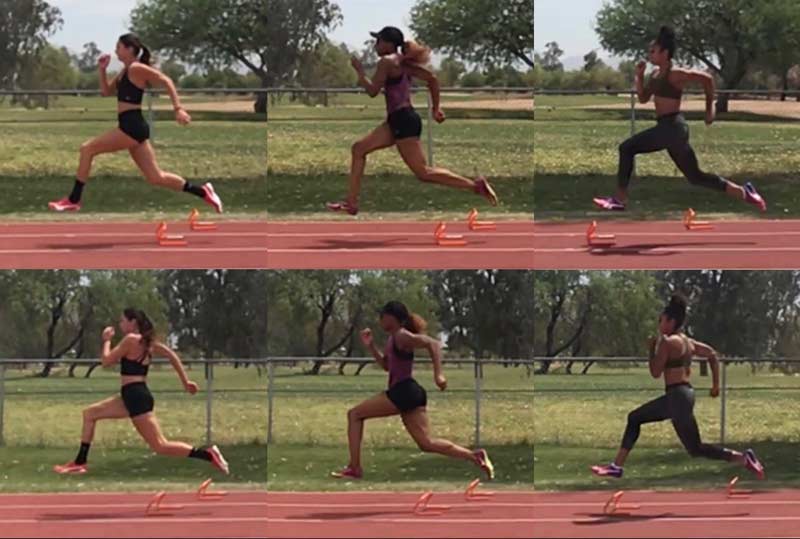
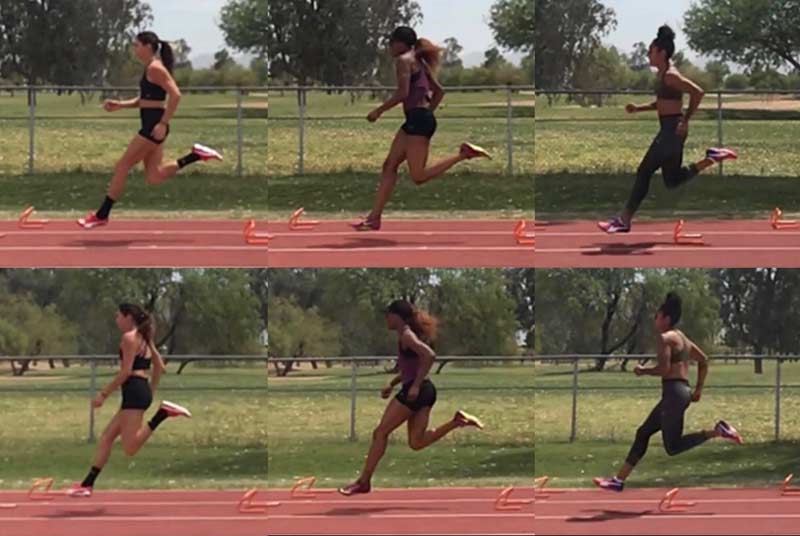
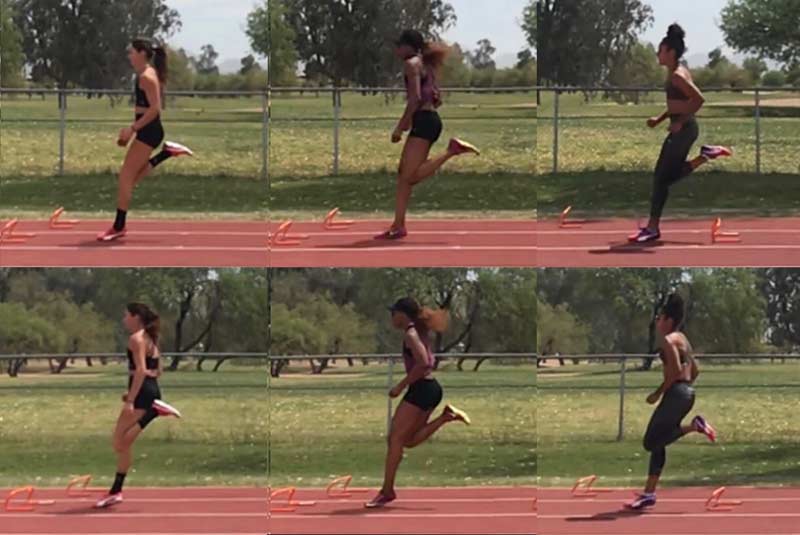
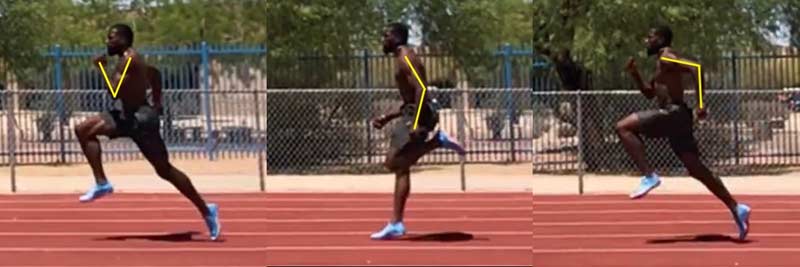
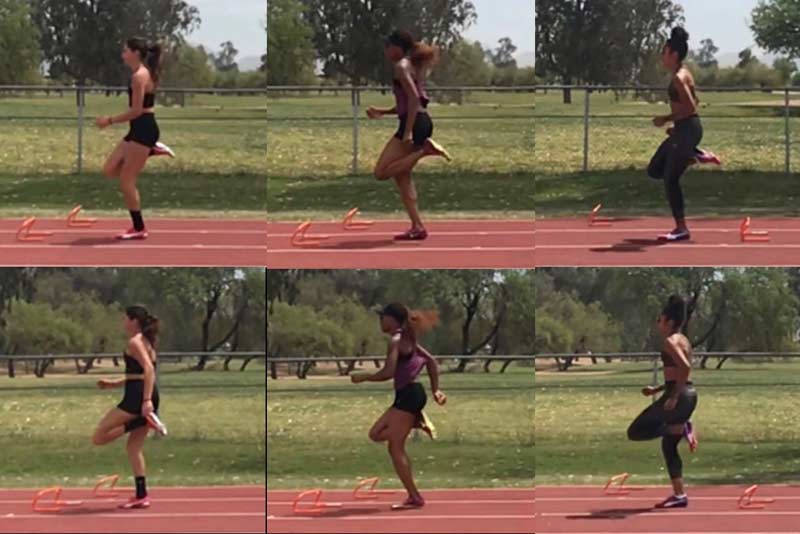
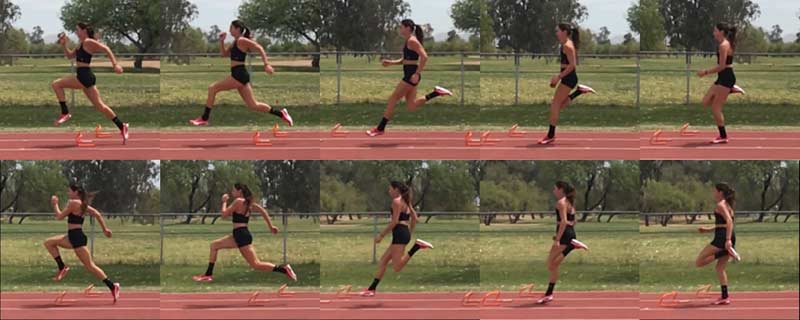
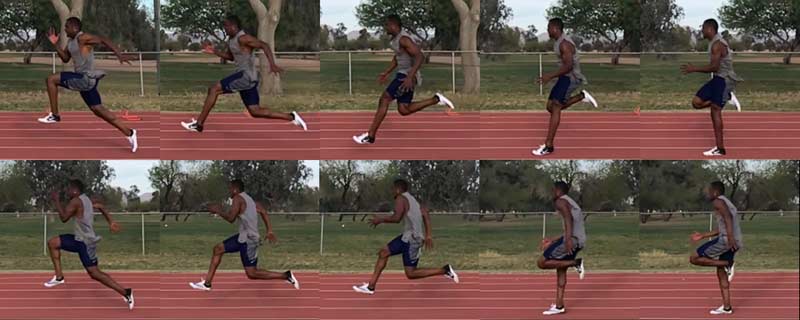
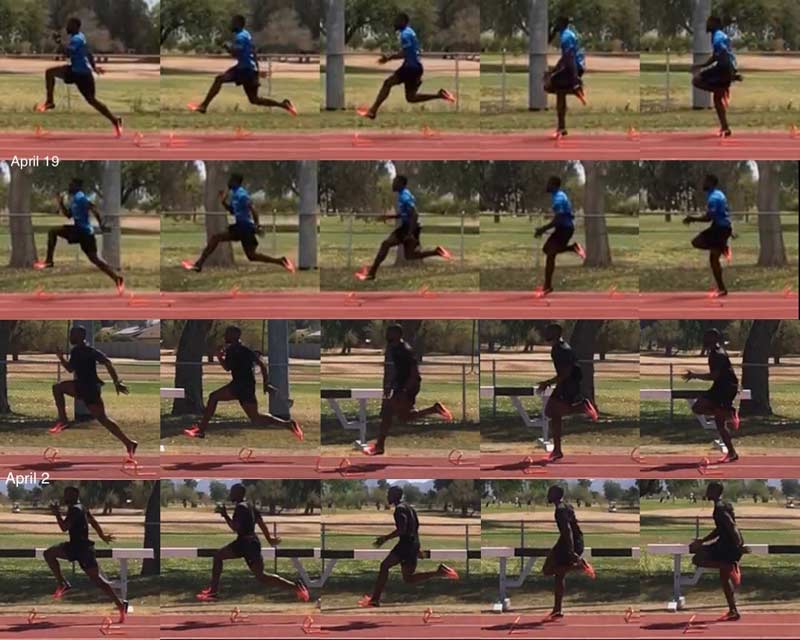
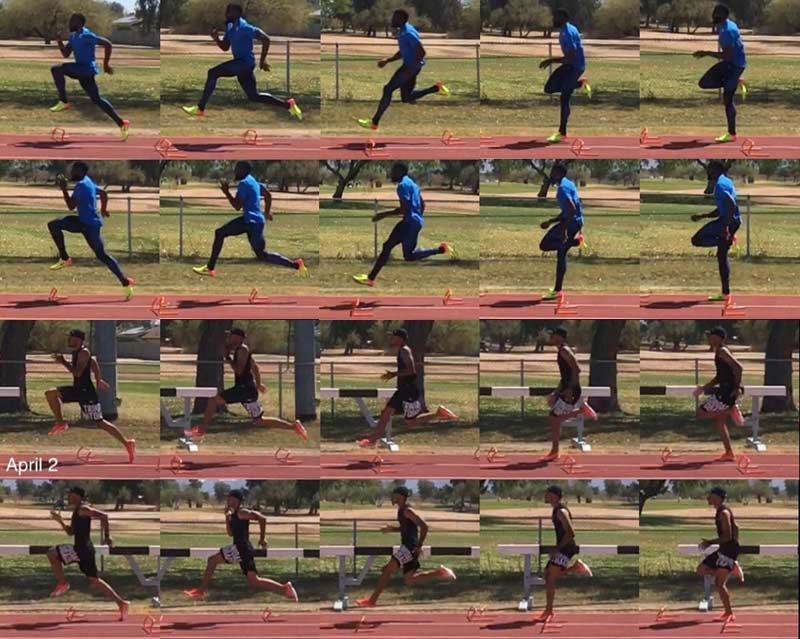
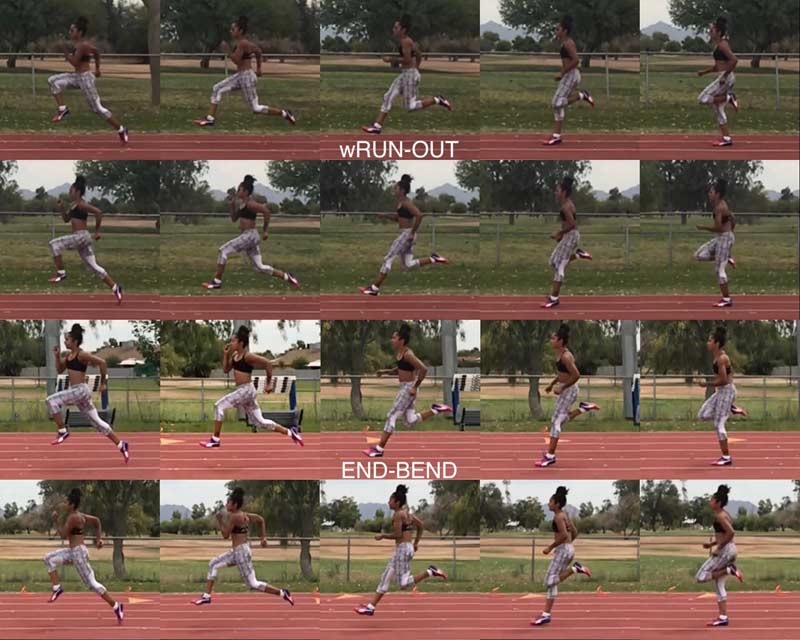

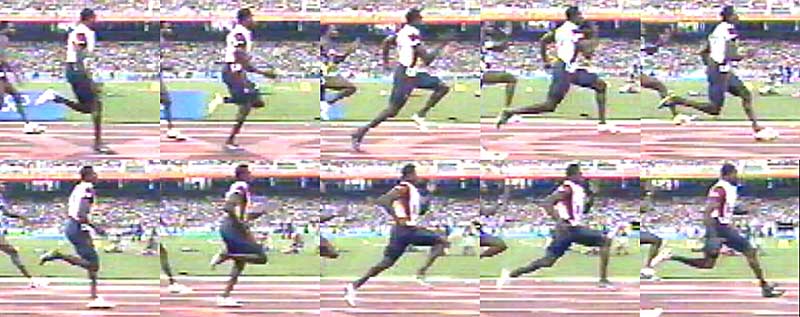
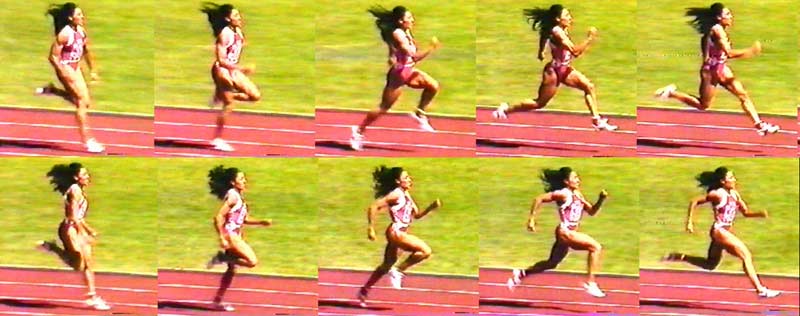






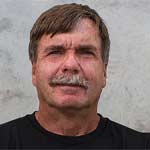 Coach Dan Pfaff is a globally recognized expert in the field of coaching and coach education. With more than 40 years coaching across multiple track & field disciplines, Dan has led 49 Olympians to nine medals. He has lectured in 27 countries and consults across multiple sports, delivering coach education to national governing bodies and private organizations globally, in sports ranging from football and basketball to rugby, soccer, golf, and baseball.
Coach Dan Pfaff is a globally recognized expert in the field of coaching and coach education. With more than 40 years coaching across multiple track & field disciplines, Dan has led 49 Olympians to nine medals. He has lectured in 27 countries and consults across multiple sports, delivering coach education to national governing bodies and private organizations globally, in sports ranging from football and basketball to rugby, soccer, golf, and baseball.

